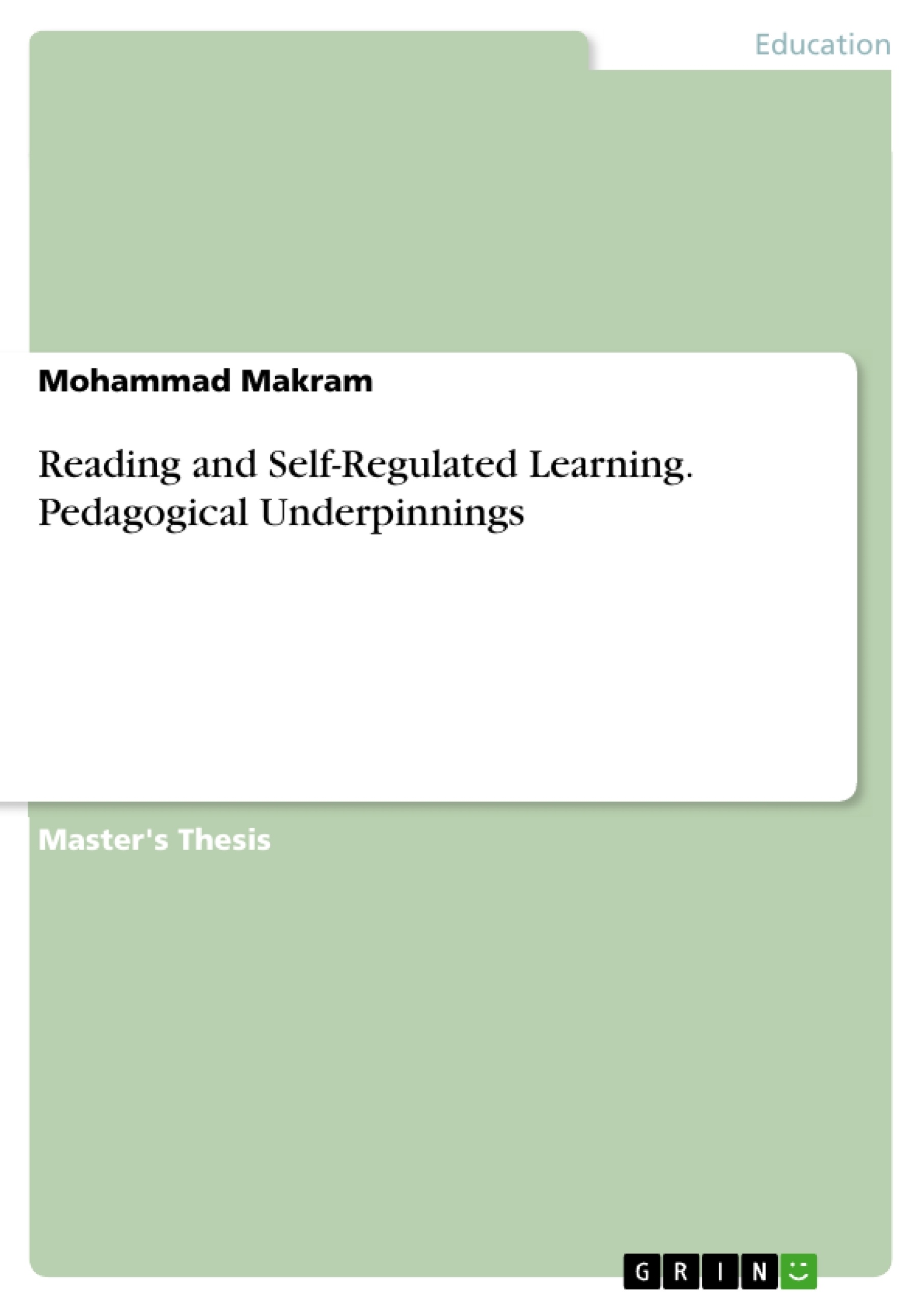Literacy is crucial for human life; it is the means whereby people can communicate and exchange information in different fields. A literate community is a dynamic community in which people have access to share knowledge, communicate effectively and indulge in different aspects of social dialogue. This way it is significant to learn the basic form of literacy, i.e. reading.
Reading, in this concern, is vital for engaging in the worldwide society of literacy and knowledge. That is why governments all over the world exert much effort on reading and literacy programs. For instance, Zimmerman (2012) pointed that poor reading skills or failure to keep on reading lead to failure in any academic pursuit. Furthermore, reading is unlimited to just alphabet learning or passing exams at school level, but it has to do with one‘s daily needs. Such needs may range from simply reading a telephone number or scanning a sign for an important address to reading textbooks at college level.
Nevertheless, the domain of teaching reading still witnesses a wide range of problems that may range from text-related issues (such as readability), to teaching methods and students‘ readiness and motivation for reading. Irujo (2016, 6) indicated that reading comprehension instruction for English language learners (ELLs) needs to be modified to address their needs.‖ Additionally, August and Shanahan (2006) indicated that instruction in the key components of reading is necessary, but not sufficient. That is to say, teaching reading has to be more student-centered, taking into consideration students‘ different reading abilities and interests, comprehension and individual abilities.
Inhaltsverzeichnis (Table of Contents)
- Chapter One
- 1.1 Introduction
- 1.2 Background of the problem
Zielsetzung und Themenschwerpunkte (Objectives and Key Themes)
This research explores the significance of self-regulated learning in the context of teaching reading comprehension, examining its effectiveness and the impact of various strategies on student achievement. The study aims to contribute to the understanding of how self-regulated learning can enhance reading comprehension skills and promote student independence and motivation.
- The importance of reading comprehension in language learning
- The challenges faced by students in developing reading comprehension skills
- The theoretical foundations and practical applications of self-regulated learning
- The effectiveness of self-regulated learning strategies in improving reading comprehension
- The role of teacher guidance and student engagement in self-regulated learning
Zusammenfassung der Kapitel (Chapter Summaries)
Chapter One: The Problem and Its Significance
This chapter introduces the research problem, highlighting the significance of reading comprehension for individual development and societal progress. The author discusses the challenges associated with teaching reading comprehension, including issues related to text readability, teaching methods, and student readiness. The concept of self-regulation is introduced as a potential solution to these challenges, emphasizing its ability to promote student autonomy and engagement in the learning process.
Chapter One: Background of the Problem
This chapter delves into the specific challenges faced by students in developing reading comprehension skills. It draws on existing research to illustrate the problems encountered by second language learners, EFL students, and students with learning disabilities. The chapter highlights the need for effective strategies and teaching interventions to address these challenges and improve student performance in reading comprehension.
Schlüsselwörter (Keywords)
The key terms and concepts central to this research include reading comprehension, self-regulated learning, teaching strategies, student motivation, language learning, and EFL.
- Quote paper
- Mohammad Makram (Author), 2019, Reading and Self-Regulated Learning. Pedagogical Underpinnings, Munich, GRIN Verlag, https://www.grin.com/document/470281



